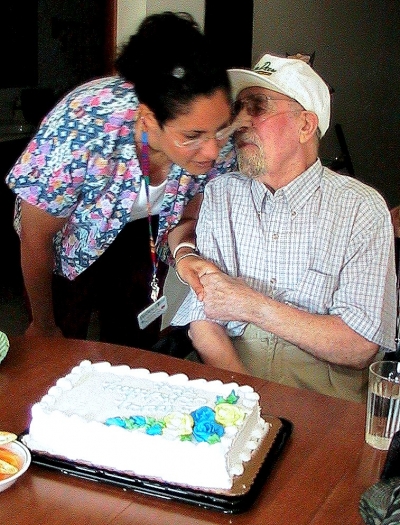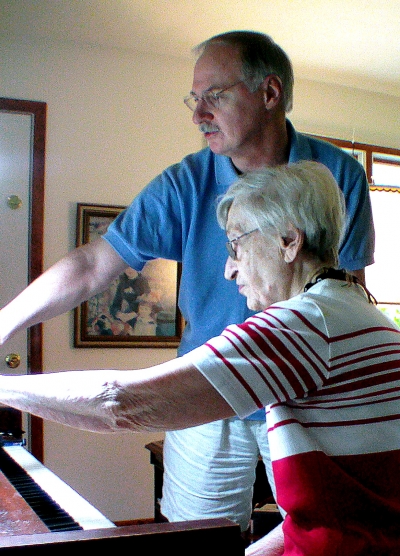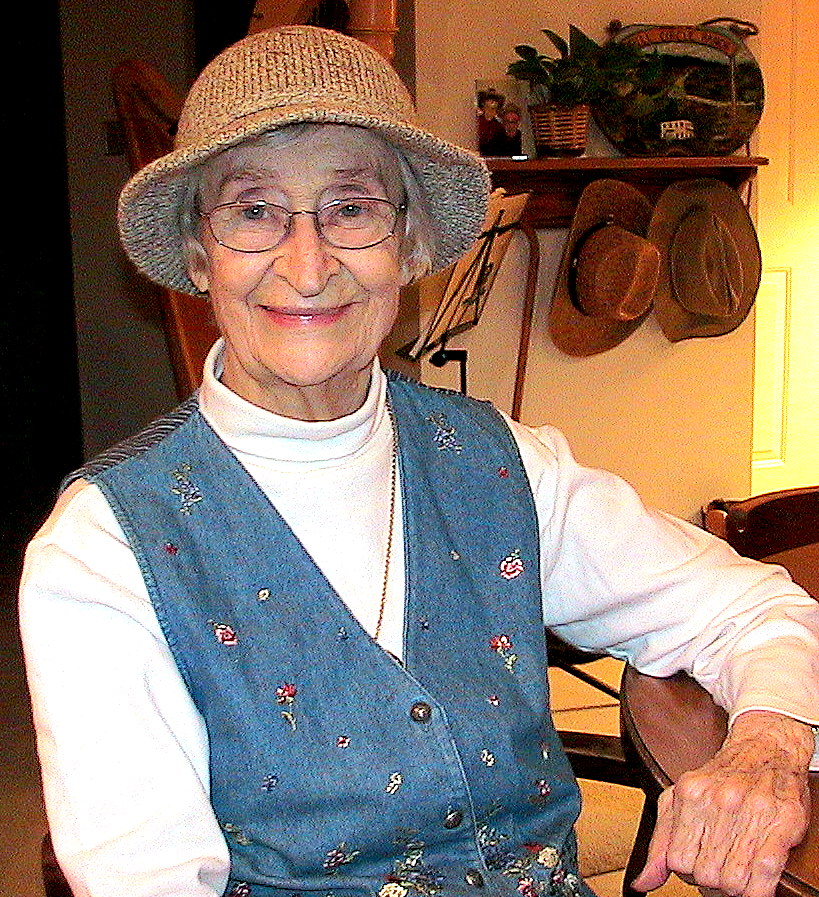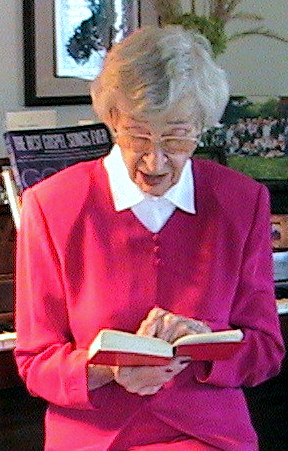The gratitude journal, the memory journal, the meditation journal, the dream journal, the photo-journal, the travel journal, the work journal, the workout journal, the time management journal, the reflective journal, the bullet journal, the food-intake journal, the joke journal…
Why journal?
Many reasons! On both a personal and professional level, journaling is a powerful tool which can be life-changing.
Why did I journal?
The following post describes some of the phases involved in keeping the Memory Journal for my parents over a ten-year period. To begin my own quest for closure, I wrote this post on the day after Mother’s burial. As with every other entry, in the previous years, the header included a quote related to the activities of the day.

MEMORY JOURNAL: Sunday, August 07, 2011 – Post-script
“. . . working with older people is more a state of mind than a series of techniques, and the state of mind requires each person simply to be . . . to be themselves, and thereby, get closer to the being of the other.”
– Being With Older People, A Systemic Approach. Edited by Fredman, Anderson, and Stott, 2010

New binders full of new stories – 2001 to 2011
We began the journals in 2001. It was at a time when a speech therapist discharged Dad because, according to her criteria, he could no longer benefit from her cognitively-oriented work. As she departed, I made a quiet promise to Dad that we would work on the Memory Journal together. He was taking several pharmaceuticals at the time of her discharge. Would he have continued to qualify for her caseload – once the powerful meds were discontinued, as they were at later intervals? … Just a retrospective rhetorical question.
At the beginning of our journaling experience in 2001, we recorded events of the day at the table after supper. As time went on, Mother and Dad enjoyed reading the growing number of handwritten entries together. The journals became a collection of stories about their lives. As the number of binders increased, I would find them sitting quietly at the kitchen table, each reading one of the older volumes, often for up to an hour after supper. In the morning, as they arrived at the breakfast table, they would be seen “leaning in” to read the handwritten entries posted from the day before. These entries were posted on the table-top easel next to the daily agenda of appointments, outings, and names of visitors and caregivers scheduled for the day.

Placed on kitchen
table-top easel for caregiver viewing
Soon, the journal pages were recorded digitally and posted on the table-top easel in the kitchen so that our caregivers and family members could read them before they were added to large binders with 3-inch spines. By late 2003, 8” x 11” color photos were also added to the easel. Caregivers appeared to enjoy seeing their contribution in writing and in photos. Thus, continuity of care was enhanced.

Online private link – status updates for family
A few years later, digital daily entries were also posted on-line for the entire family to access with a private link, so that siblings, nieces and nephews – from Scottsdale to Baltimore and DC – could be kept informed about our status. The original purpose had evolved and expanded over the years.

Chronicles create clarity of recall . . .
Without the daily entries, this ten-year period would most likely be a “general blur.” Instead, I can now go to almost any entry and remember that day with some clarity.
In reviewing the journals, I find so many treasures including events, memories, Dad’s quips and funny things he said – which I had the foresight to write down at the moment, or risk not remembering the exact wording at the end of the day.
. . . And accountability
How are we spending these precious moments? The Memory Journal entries provided a way in which to share this important life stage with others. The entries were an ongoing invitation to the reader – to help to enrich these days.

24/7 access to regular status updates…
The online posts for family members provided 24/7 access to regular status updates. The daily entries now seem to have fallen into one of the following:
- To inform and to update on Dad and Mother’s condition and activities surrounding their care.
- To recognize family birthdays and anniversaries of the heart and to acknowledge cards, gifts, flowers, calls and visits.
- To reflect on how Dad and Mother’s care was enhanced during the day – by their being “the very heart of our care team.”
- To reflect on each journal entry – in order to learn and to appreciate from “a more distant third-party perspective.”
- To reflect on the research, writing, and work done by dementia leaders, influencers, pioneers, and changemakers – and share their perspectives with family members.
- To connect with experiences which are universal, add perspective, and bring humor, e.g., Dr. Seuss whimsy.
- To occasionally include historical events of the day in a final footnote under the header, And in the News . . . so that future readings would be understood in the context of current events.

Writing in the third person
The journals are written in the third person. While archaic in the eyes of some writers and possibly bothersome to others, I continued to use the third person in order to look at what I was experiencing – from “a more distant third-person perspective.”
It is only recently that I learned this practice has been described in a recent publication called Being with Older People – A Systemic Approach (Fredman, Anderson, and Stott, published 2010). These social scientists “…introduce the idea of practicing as outsider witnesses to older people’s stories as one way to encourage our sharing to be ‘decentered’” (p. 84).

Journaling Gems – A Journaling Gene?
Mother had kept a diary off and on throughout her life including her college years and, more recently, in a five-year period during which time, they wintered in Sarasota. That little red five-year journal was such a treasure!
While working at my desk late at night, she would come in wearing her night clothes – ready for bed – and sit in her rocker close-by, reading softly. I would hear her giggle over an entry, which always prompted her oral reading of that portion for me to hear. Undoubtedly, she had passed the “journaling gene” to me many years before, since I have been journaling intermittently since third grade.

Reflecting at the end of the day
Reflecting at the end of the day, I have found the “extraordinary in the ordinary day.” Keeping the Memory Journal has provided a process to review the events of the day – and to sort things out. Result? A clean slate to plan for a new day. This was followed by restful sleep once all was processed.

